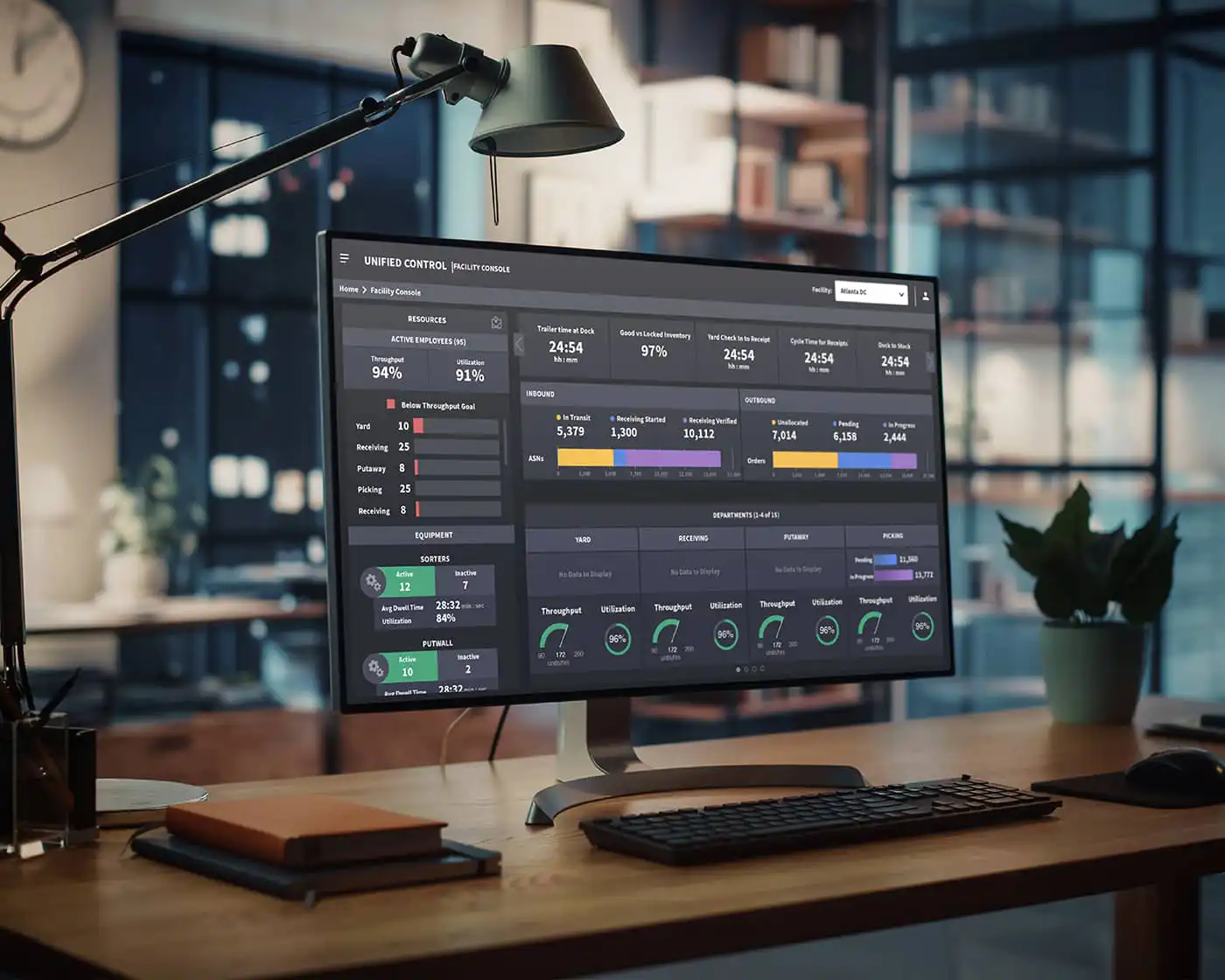Welcome To Supply Chain Commerce
Cloud-native technology that helps the world's best companies work better.

What's your biggest supply chain commerce challenge?
Select an option below to see how Manhattan solutions can help your business.
Solve it With Unified Cloud Solutions

Cloud-native unified commerce
Sell, engage and fulfill anywhere with intelligent promising, optimised fulfillment, customer service and digital self-service within one SaaS unified commerce platform.
Consistent omnichannel experiences
Deliver the same intuitive retail experience in every sales channel at every point along the buyer’s journey—even after the sale.
Connected point of sale software
Empower your retail associates with a cloud-native POS that provides visibility of your entire retail network and a 360-degree profile of every customer interaction with your brand—creating a customised buyer's journey that caters to every omnichannel need.
Seamless inventory and order management
Fulfill customer orders with ease with global inventory visibility, hyper-fast and accurate delivery promising, RFID-enabled store fulfillment and much more.

See everything
Get the most adaptable, configurable, extensible and scalable supply chain planning solution ever created—built entirely on a modern microservices architecture—that delivers a holistic view of selling and fulfillment strategies across every channel.
Optimise strategies
Exceed customer expectations with forecasting, replenishment and allocation solutions designed to maximise inventory investments.
Make smarter decisions
Gain infused machine learning technology that learns and adapts inventory strategies autonomously, senses changes in demand patterns and self-adjusts the algorithm reducing risks of stock outs and overages.

Cloud-native unified supply chain
Ensure fluid, efficient and connected supply chain execution with enterprise-wide unification of distribution, labour, automation, transportation and yard management.
Workforce empowerment
Empower distribution and transportation teams with intuitive workflows and interfaces, optimised pick paths that minimise travel, and gamified tasking that maximises efficiency and improves workforce satisfaction.
Coordination of person and machine
Orchestrate every resource in the warehouse simultaneously—including labour, automation and robotics—with the only WES built inside a WMS made to maximise utilisation across all methods of fulfillment.

A foundation for unification
Experience a cloud-native, evergreen and API-first extensible technology platform engineered to handle the most complex supply chain commerce networks and designed to never feel like it.
Smarter supply chain commerce
Computational and behavioural intelligence is infused into every solution using adaptive systems, decision science, data science, gamification and more.
Developer friendly
Take control and build your supply chain commerce future system with extensive knowledgebases and WYSIWYG dev tools that access hundreds of thousands of API endpoints and extension points—enabling you to add, modify or replace any feature or function seamlessly.
Get measurable results
Giant Eagle
8%
Giant Eagle reduced empty miles by 8% with Manhattan’s TMS.
Pet Supplies Plus
500 stores
Pet Supplies Plus achieved optimal omnichannel operations for its 500 store network with Manhattan’s cloud-native WMS.
PacSun
40k units
PacSun sold roughly 40,000 units per day from all closed store locations during the pandemic with Manhattan Active Omni's ship-from-store capabilities.
Putting our customers in position to succeed
Unified commerce
Download our 2023 Benchmark for Unified Commerce Specialty Retail to see which retailers are leading & what sets them apart.
Read the reportWhat Is point of sale?
Need to understand more about point of sale? Learn how retail point of sale changed during—and after—the pandemic.
Read the articleCan supply chains stay agile?
Read our guide to the retail grocery industry for lessons on supply chain resiliency and how to ensure supply chain success.
Read the guideWe’re a great place to work too
Manhattan is always looking for problem solvers. We’ve got over 4,150 employees on five continents—and we’re hiring more all the time.

Contact us
How can we help you?
Talk with an expert to learn more about Manhattan’s technology.








